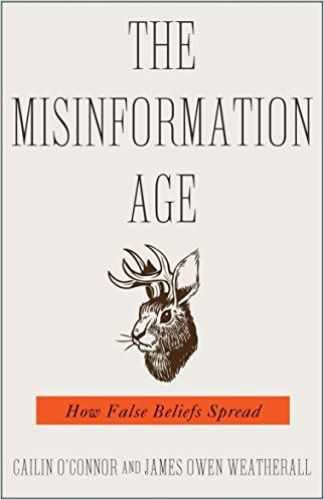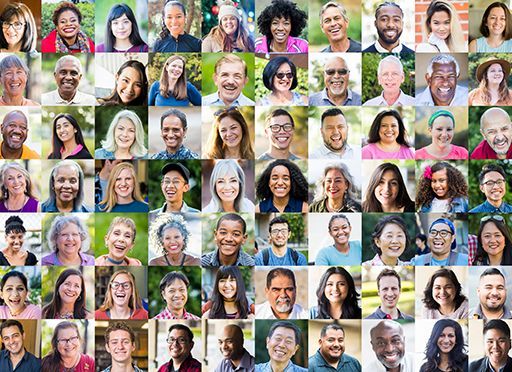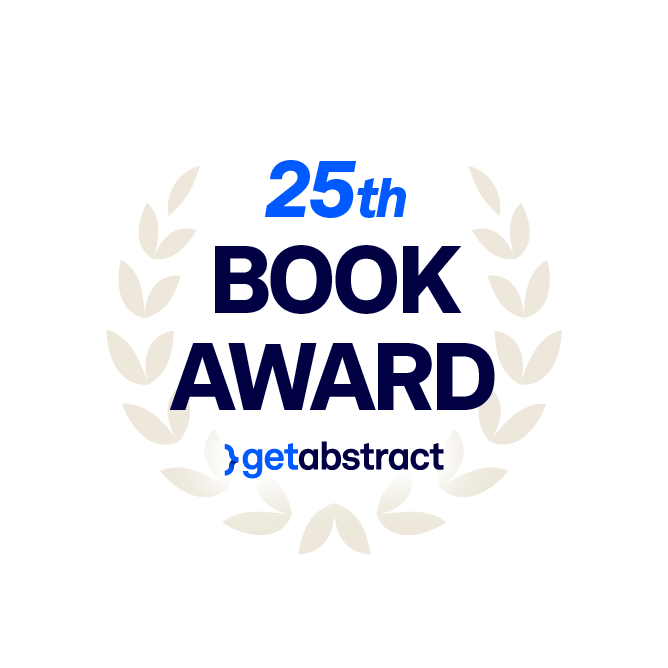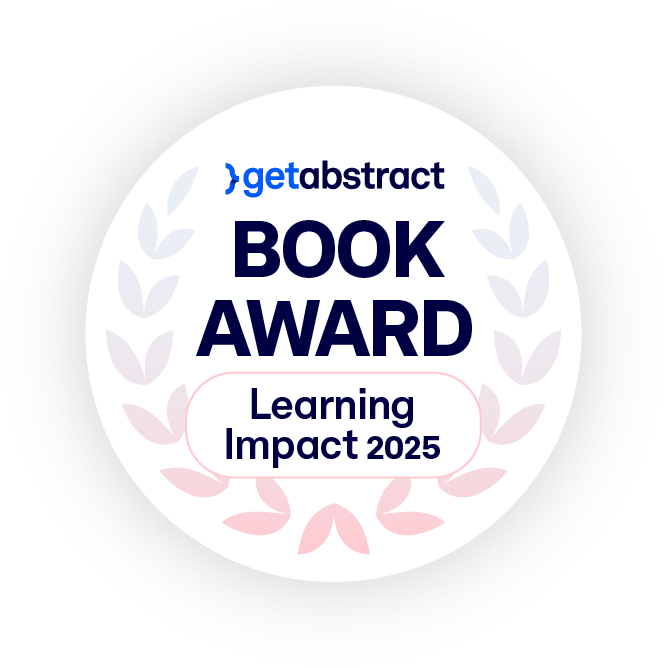Professors James Owen Weatherall and Cailin O’Connor discuss how false information can spread and how that spread might be curtailed.

Stopping Fake News
James Owen Weatherall is a professor and Cailin O’Connor an associate professor in the Department of Logic and Philosophy of Science at the University of California at Irvine. They discuss fake news, misinformation and propaganda, explaining how these problems spread, how they subvert crucial social structures and what to do about them. Some of their suggested solutions are idealistic, but their ideas derive from a realistic understanding of misinformation and how it defines the current social environment.
Though their academic peers gave this book respectful reviews, a more accurate assessment came from The New York Times, which called it “methodical and earnest.” The New York Times Book Review listed it as an editor’s choice and Scientific American offered it as recommended reading. Perhaps your reaction to Weatherall and O’Connor’s thoughts will depend upon how much you already know about fake news and how it spreads.
Truth
Weatherall and O’Connor begin with how false stories affect elections and circulate more quickly and widely than true ones. Since individuals and societies make decisions on the basis of their beliefs, the professors note, fake beliefs are harmful and do harm.
Our beliefs about the world matter. They matter to decisions we make every day.James Owen Weatherall and Cailin O’Connor
Weatherall and O’Connor explain that many important beliefs are collective, and derive from social acceptance of shared information. They detail how untrue or misleading data spread quickly via mass communication technology – because of that, they conclude, misinformation partially defines the contemporary age. And they discuss what can make people change their beliefs, such as new evidence.
The authors warn that politicians have a diminishing respect for the truth. To that point, they cite Trump administration White House spokesperson Kellyanne Conway’s reference to “alternative facts.”
Polarization and Perception
Weatherall and O’Connor break down how communities align along beliefs and explain that individuals rarely communicate with people in other communities. They concisely describe today’s social patterns by saying that the greater the level of distrust in a community, the more likely polarization becomes.
When assessing evidence from others, it is best to judge it on its own merits, rather than on the beliefs of those who present it.James Owen Weatherall and Cailin O’Connor
While scientists produce their own evidence, Weatherall and O’Connor underscore, policy makers don’t and, therefore, they must learn from others. When they communicate with scientists, policy makers tend to create policies that align with the facts, but that does not happen when they communicate with propagandists. The authors caution that propagandists, unlike scientists, don’t test their beliefs, but they still try to influence those who create public policy.
The professors insist that scientists are better off not getting information from those around them in some cases, because they might conform to incorrect beliefs. The authors urge scientists, instead, to seek information from outside their own circles. However, they report, scientists may judge those with different views as crackpots, and disregard their theories and evidence.
Industry can distort scientific results, Weatherall and O’Connor relate, by choosing – and sometimes paying – scientists whose beliefs favor the actions they desire. Industries tend to fund research studies or methods – including some methods that are less reliable than standard practices – that produce results that benefit them. The authors depict a cycle: After researchers publish papers that favor an industry, they get more funding and they teach students who follow their path. Once scientists get funding from one special-interest source, Weatherall and O’Connor reveal, they are more likely to get funding from other sources, sometimes enabling industry propagandists to exploit biased or limited results.
Some propagandists, Weatherall and O’Connor explain, work to undermine science’s authority; others exploit the prestige of science itself and the reputation of individual scientists. This weaponization of reputation turns a real reputation against itself and, as the authors disclose, people can use reputation for good or ill. As a case of the former, they cite the 18th-century case of Lady Mary Wortley Montagu, a British aristocrat who suffered scarring from smallpox. She promoted inoculation to fight smallpox and convinced the princess of Wales to agree to have her children inoculated. Because people valued the nobility, Weatherall and O’Connor suggest, the public followed the princess’s example.
Journalism
Weatherall and O’Connor understate wildly when they claim that contemporary American voters’ policy arguments include disputes about basic facts. The authors relate that journalists believe they are practicing fairness by representing both sides of a debate. But, the authors stress, this gives disproportionate weight – and false equivalency – to outlier, contrarian views and to bad actors.
The challenge is to find new mechanisms for aggregating values that capture the ideals of democracy, without holding us all hostage to ignorance and manipulation.James Owen Weatherall and Cailin O’Connor
The authors make a new and intriguing point: Fake news spreads more easily when it concerns abstract issues that are distant from daily life. They also point out that the more people have access to full information, the more likely it is that somebody will break the cycle of groupthink and conformity – though recent politics may show little evidence of that effect.
Solutions
Weatherall and O’Connor offer no bold new solutions, though they do recommend holding social media platforms responsible for their content. They also urge scientists to weigh the social implications of their work before they publish, and they advocate an end to research funded by the industry being studied.
Despite the authors’ impressive credentials, they provide a basic overview – a primer for freshmen – on misinformation and its spread. Anyone well versed about this issue will find little new or illuminating, except interesting examples of conformity and its discontents in the world of science. Their work reads as if Weatherall and O’Connor sought to create an evergreen textbook on fake news, and in that they have succeeded: Given its broad overview, it will still be useful ten years hence.
Worthy companion reads include Network Propaganda by Yochai Benkler, Robert Faris and Hal Roberts; A Lot of People Are Saying by Russell Muirhead and Nancy L. Rosenblum; and A Survival Guide to the Misinformation Age by David Helfand.







